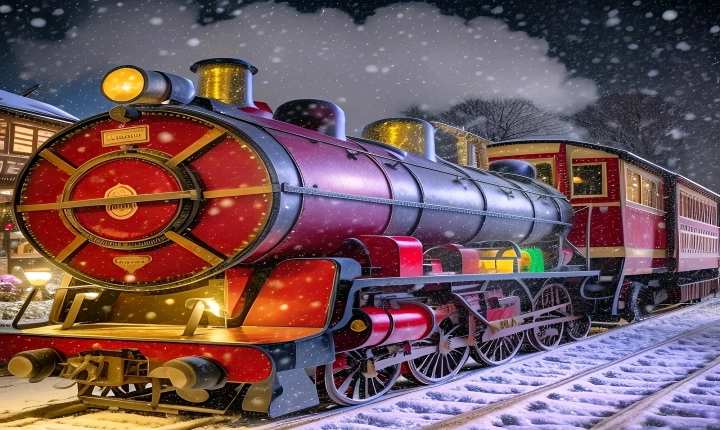Creating AI photos has become an essential part of the digital world, with advances in technology making it easier than ever to generate images using artificial intelligence (AI). This has numerous applications in fields such as design, marketing, and entertainment. In this article, we will explore the process of creating AI photos and the various techniques involved.
One of the most common ways to create AI-generated photos is through the use of generative adversarial networks (GANs). GANs consist of two neural networks, one which generates images and another which judges the authenticity of the generated images. Through continuous training and feedback, the generator network becomes adept at producing realistic images. This process allows for the creation of lifelike photos that can be used for a wide range of purposes.
Another approach to creating AI photos is through the use of style transfer algorithms. Style transfer involves taking the artistic style of one image and applying it to another, resulting in a new image that combines the content of the original image with the style of the reference image. This technique can be used to create visually striking and unique images that appeal to different aesthetic preferences.
Furthermore, AI photo creation can also involve the use of deep learning algorithms to enhance and manipulate images. This can include tasks such as upscaling image resolution, removing imperfections, or even generating entirely new elements within a photo. These techniques can be particularly useful in the realm of photography and graphic design, as they allow for the improvement and transformation of images in ways that were previously not possible.
In addition to the technical aspects of creating AI photos, ethical considerations also come into play. With the ability to generate highly realistic images, there is a risk of misuse, such as the creation of fake or deceptive content. It is important for creators and users of AI-generated photos to be mindful of these ethical implications and to use this technology responsibly.
The impact of AI on photo creation is immense, as it has opened up new possibilities for creative expression and innovation. From generating unique visuals for marketing campaigns to improving the quality of digital imagery, AI photos have proven to be a valuable asset in various industries.
In conclusion, the creation of AI photos involves the utilization of cutting-edge technologies such as GANs, style transfer algorithms, and deep learning techniques. These methods enable the generation, enhancement, and manipulation of images in ways that were previously unimaginable. As AI continues to advance, the potential for creating compelling and realistic photos will only continue to grow, shaping the future of visual content creation.
